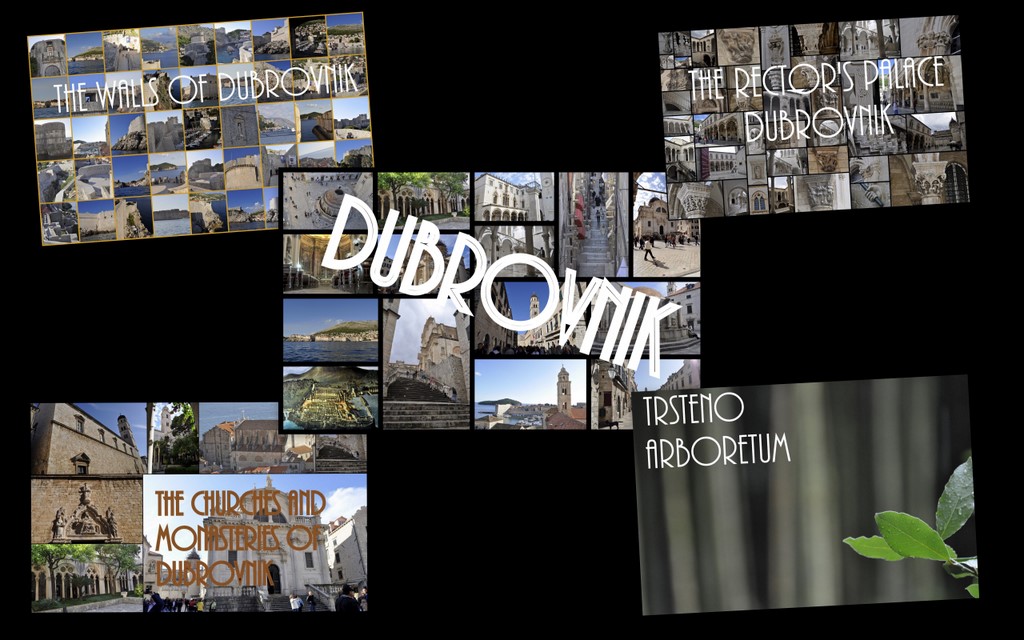
|
|
See the Walls of Dubrovnik supplement as a web page by clicking here. OR See it as a photo slide show by clicking here. If you're into old city walls, you may want to check other pages that are quite popular on the web: The Walls of York, the Walls of London, and Hadrian's Wall. |
|
See the Rector's Palace supplement as a web page by clicking here. OR See it as a photo slide show by clicking here. |
|
See the Churches and Monasteries Supplement as a web page by clicking here. OR See it as a photo slide show by clicking here |
|
See the Trsteno Arboretium supplement as a web page by clicking here. OR See it as a photo slide show by clicking here. |
Thanks for visiting. Visit all of our travel pages by clicking
here.
Geek and Legal StuffPlease allow JavaScript to enable word definitions. This page has been tested in Internet Explorer 8.0, Firefox 3.0, and Google Chrome 1.0. Created on January 10, 2010 |
 |